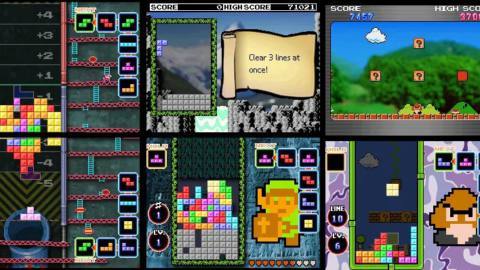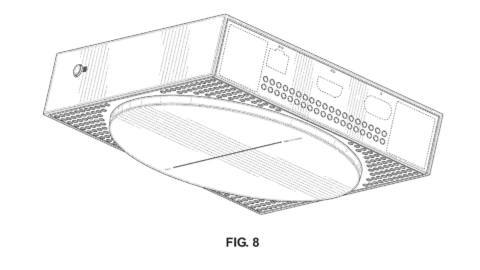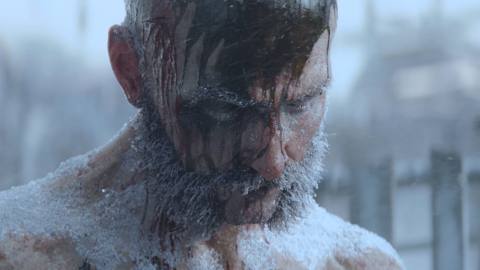
If ever a game muddled with time, it’s Tetris. I’m not just talking about the idle hours that somehow disappear as you play, but the way that the whole game sits within the flow of time itself. Tetris’ 40th anniversary is upon us this summer (the exact date is a little woolly, with the Tetris Company putting it in June, but still announcing official celebrations this weekend), and that feels weird from both temporal directions. In one way, the game feels so fresh, so cleanly designed, it can surely only be a few weeks old at most? In the other way, hasn’t a design this beautiful been with us since the first galaxies were forming? Wasn’t it there in the code of the universe waiting to be unearthed? It’s all very weird.
To celebrate the 40th birthday – and finally, a 40th birthday I feel like celebrating! – I initially thought I’d go back to Tetris Effect, that beautiful cosmic riff on falling blocks that takes the Tetris basics and builds a luminous cathedral out of them. Tetris Effect is that rare reimagining of a classic that feels practically definitive. If you’re going to play Tetris today, I want to say – okay, first play the OG Game Boy Tetris because of history and the feel of those concrete long blocks on that gorgeous green screen. But then play Tetris Effect. It’s properly one of the greatest games ever, a rocket aimed right at the heart.
Cathedrals are nice, but the more I thought about it, the more I realised I should write about a different version of Tetris – and another version that seems as restless and experimental when it comes to the basic design. So a belated happy 40th, Tetris: let’s take a moment to remember Tetris DS, released on Nintendo’s handheld back in – jeepers! – 2006. If Tetris Effect is the Tetris cathedral, this is the Tetris laboratory. Come on in. It’s weird and brilliant down here.






